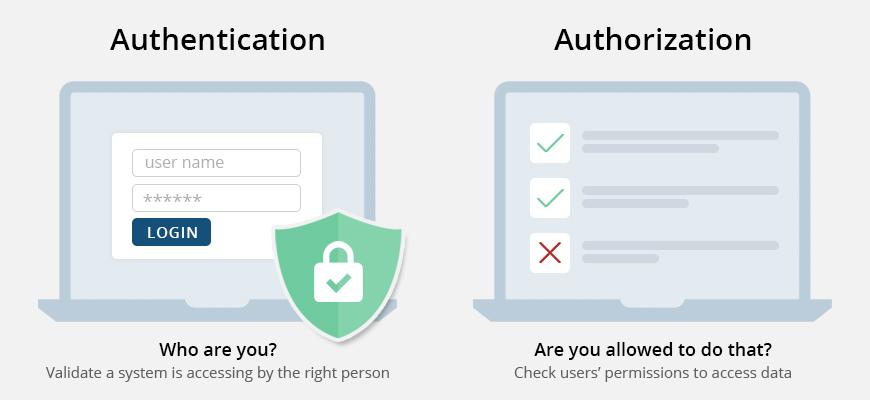
Authentication and authorization are two important concepts in cybersecurity that are often confused with one another. While both are critical for securing data and systems, they serve different purposes and have different methods of implementation.
Authentication is the process of verifying the identity of a user or device before granting access to data or systems. Authentication is used to ensure that only authorized users or devices are able to access sensitive data or systems. There are various methods of authentication, including passwords, smart cards, and biometric identification.
Authorization, on the other hand, is the process of determining what level of access a user or device should have to data or systems. Authorization is used to ensure that users or devices only have access to the data or systems that they need to do their jobs. There are various methods of authorization, including role-based access control and attribute-based access control.
To illustrate the difference between authentication and authorization, consider a bank’s online banking system. When a customer logs into their online banking account, they are asked to enter their username and password. This is an example of authentication. The bank is verifying the identity of the customer before granting them access to their account.
Once the customer is authenticated, they are then able to view their account information and perform various transactions, such as transferring money or paying bills. However, the customer is only able to view their own account information and perform transactions on their own account. This is an example of authorization. The bank is determining what level of access the customer should have to their account information and transactions.
While authentication and authorization are distinct concepts, they are often used together to provide a layered approach to security. By requiring strong authentication methods, such as two-factor authentication, and using role-based access control to determine what level of access users or devices should have, organizations can provide a strong defense against unauthorized access to sensitive data and systems.
In conclusion, while authentication and authorization are often used interchangeably, they serve different purposes and have different methods of implementation. By understanding the difference between these two concepts, organizations can build a comprehensive cybersecurity strategy that provides strong protection against cyber threats.

